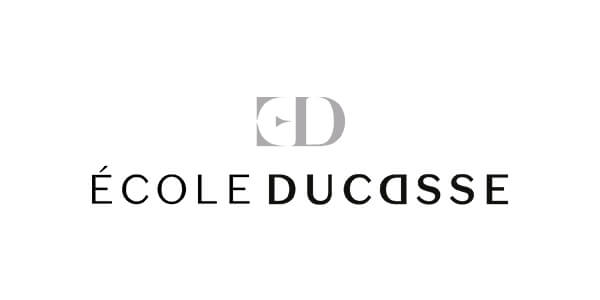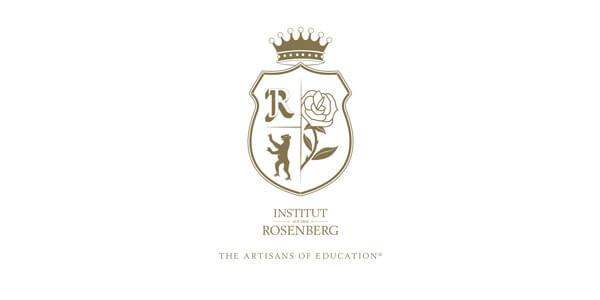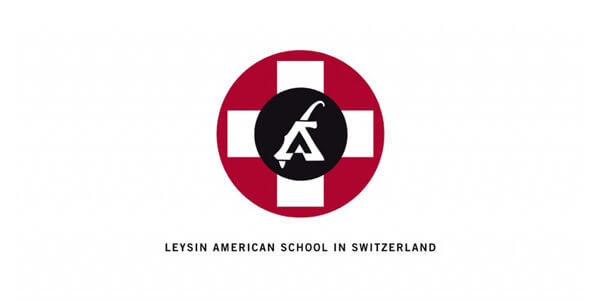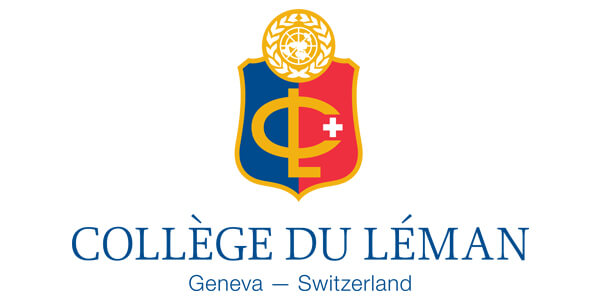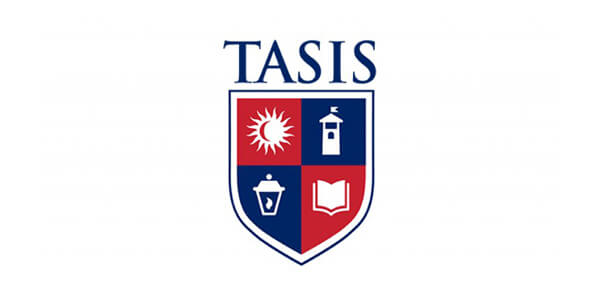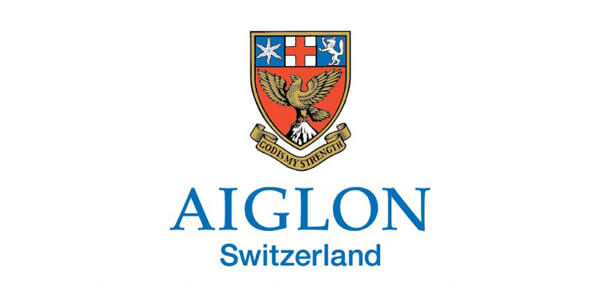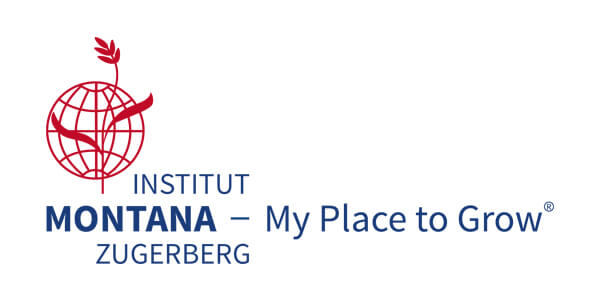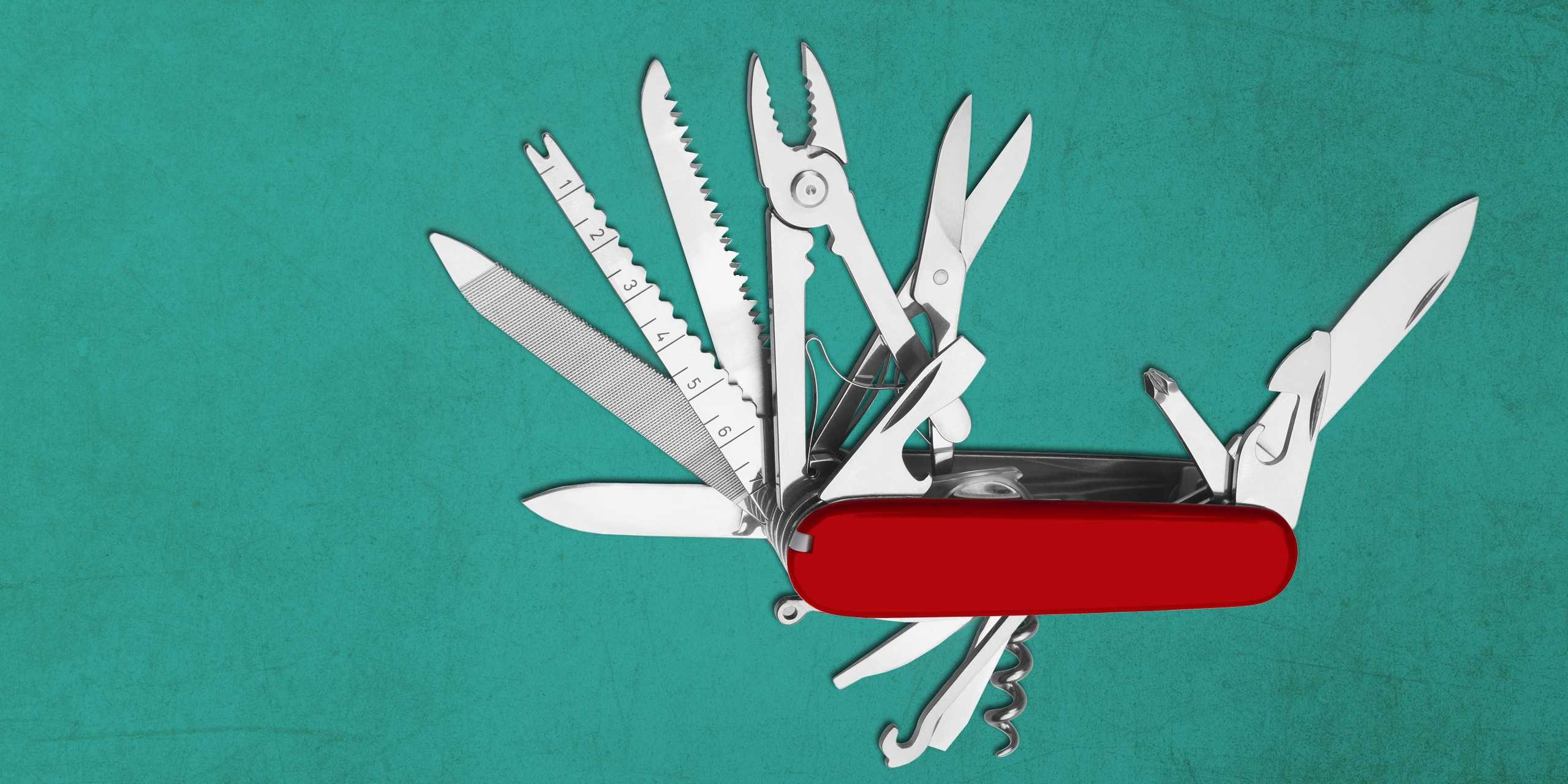
A small, Alpine country that lacks raw materials, Switzerland has had no choice but to continually reinvent itself over the centuries, developing alternative sources of income, such as agriculture, tourism and its service sector. What’s the secret of its success, and how long can it continue?
Well into the 18th century, Switzerland was known primarily for the Alps, cows and sheep. “O learn to know this shepherd people, boy!” wrote Friedrich Schiller in his play “William Tell,” referring to Switzerland.
Today, 200 years later, Switzerland is known for its innovative capacity and strong economy. It tops the major international rankings for innovation.
Patents are another indicator for measuring innovative success. Between 1985 and 2014, the number of patent applications worldwide nearly tripled, to just under 2.7 million annually. Over 43,000 applications were submitted in Switzerland in 2014. In absolute terms, Switzerland ranks eighth in the world; on a per-capita basis, it is number one (source: WIPO).
Lacking natural resources, Switzerland has always been forced to innovate. Given the country’s small and highly fragmented internal market, early on Swiss companies also had to look for foreign markets for their goods, and they had to be productive enough to compete internationally. Since the country was largely spared the ravages of the Second World War, it was in an excellent position, with intact, export-oriented production facilities, to benefit from Europe’s post-war reconstruction. Also helpful were Switzerland’s liberal, stability-oriented economic policy and traditional emphasis on hard work, dedication and education.
Skilled Migrants
Another factor has played an important role throughout Swiss history: immigration. From the 16th to 18th centuries, there were waves of immigration as Protestant Huguenots from France sought at least temporary refuge in Geneva. Many of them were wealthy or highly skilled in a trade.
One of their contributions was to bring the manufacture of portable timepieces to Geneva, which was a stroke of luck for the members of Geneva’s venerable goldsmith trade, whose source of income had been eliminated by Calvin’s strict ban on jewelry. The ban did not apply to watches, which were not considered jewelry. This marked the beginning of the Swiss watch industry.
After Switzerland was established as a liberal, federal state in 1848, political refugees fleeing the absolute monarchies of Europe arrived in Switzerland. Among them were professors from Germany, who helped to build up the new Swiss universities. As the pace of industrialization accelerated in the second half of the 19th century, Switzerland ultimately became one of the classic immigration countries, a development driven primarily by the high demand for labor.
Foreign Investment
Throughout the centuries, Switzerland has also been able to attract highly qualified workers who have played a crucial role in its economic development. Today, more than 60 percent of annual expenditures on research and development, totaling approximately 18 billion Swiss francs, are financed directly by the private sector.
About a quarter of the funds come from the government, the rest from foreign investors. Switzerland ranks about average, compared with other countries, for the level of public financing relative to its gross domestic product (GDP).
The driving force behind Switzerland’s impressive success at achieving innovation is the business sector, particularly large companies. ABB, Roche, Nestlé and Novartis applied for between 400 and 600 patents each in 2014.
According to data from the European Patent Office, this puts them among the top 50 patent applicants in Europe. Switzerland’s small and medium-sized businesses, too, are international leaders in taking advantage of the latest knowledge for their own innovation processes and manufacturing high-quality, specialized products for international niche markets.
In a survey of companies conducted by Credit Suisse in 2014, about ten percent of all industrial SMEs reported that they were global market leaders for at least one of their core products. Thirty percent were market leaders for at least one core product in at least one country.
200patents a year are applied for by The Swiss Federal Institutes of Technology in Zurich and Lausanne
World Renowned Institutions
Along with private industry, the higher education sector plays an important role in Switzerland’s innovative capacity – for example, the Swiss Federal Institute of Technology Zurich (ETHZ) and EPFL in Lausanne. Those two universities are in the top 20 worldwide. The central mandate of Switzerland’s institutes of technology is to promote innovation. Each year, more than 2,000 graduates of master’s degree programs and more than 1,000 PhDs leave ETHZ and EPFL to join the private sector. The two institutes also conduct basic research and partner with the private sector and public agencies to produce successful, market-ready innovations through the transfer of knowledge and technology. They apply for approximately 200 patents every year, and reported 49 spin-offs in 2014 alone.
How to Stay Successful?
If Switzerland is to maintain its top position internationally, it must ensure that the necessary conditions for innovation remain in place. These include, for example, business-friendly regulations and a moderate level of domestic taxation, as well as free access to foreign markets.
In addition, it should be made as easy as possible for Swiss companies and Swiss universities to recruit skilled workers from abroad, including from non-EU/EFTA countries. Finally, Switzerland must ensure that its education system remains strong. If these basic conditions worsen, it will have a hard time competing in the international marketplace. One thing is certain: International competitors, too, are larger and faster than ever before.
